Elon Musk is capturing worldwide media attention again since Tesla won the bid for a large energy storage project in Southern Australia.
The company will install the “world’s biggest lithium-ion battery” in the world.
Elon Musk claims the battery will be “three times more powerful than anything else on earth”.
Tesla is teaming up with French-based renewable energy company Neoen to build the project by the end of 2017.
“The world will look at it as an example… [of] a large-scale battery application for the grid that will really take a large amount of load,” Tesla CEO Elon Musk said during the announcement in Australia.
“This is definitely the way of the future, and I think other Australian states will be taking a closer look at this and seeing if it’s applicable to their needs. And I suspect in most cases it is.”
How did this happen?
Those familiar to this story will remember that a few months ago, during a crisis in which South Australia’s wind-heavy power grid repeatedly failed to deliver, Elon Musk and his team bragged that Tesla could provide a quick fix to the power supply problems.
Musk made the offer on social media, and the government said it could consider backing such a battery roll out by Tesla, as reported back then by Reuters.
“The government stands ready through ARENA and the CEFC to work with companies with serious proposals to support the deployment of more storage,” Environment and Energy Minister Josh Frydenberg said in an email to Reuters.
ARENA is the Australian Renewable Energy Agency and the CEFC is the Clean Energy Finance Corp.
Why it matters:
The battery will store renewable energy generated by the wind farm with a view to stabilizing the state’s electricity grid and putting downward pressure on prices.
Built near Jamestown in South Australia’s mid-north, the 100-megawatt lithium ion battery will be more than three times the size of the world’s current largest storage facility which is 30 megawatt.
Musk has promised to deliver the battery within 100 days from official approval or it will be supplied free.
Tim Hollo, the executive director of Australia’s Green Institute writes in an opinion piece in “The Guardian”:
“Within 100 days, there will be a huge battery system making South Australia’s energy grid clean, affordable and reliable, and benefitting the eastern states along with it. All the talk of building new coal-fired power stations, or a Snowy Hydro 2.0, no longer sounds vaguely ‘truthy’. It sounds ridiculous. It sounds silly. It sounds like old men yelling at clouds. This won’t suddenly bring back a cherished (and somewhat mythological) era of truth in politics. But it will have a real, demonstrable impact. It will help. We all owe deep gratitude to those who have made it happen.”




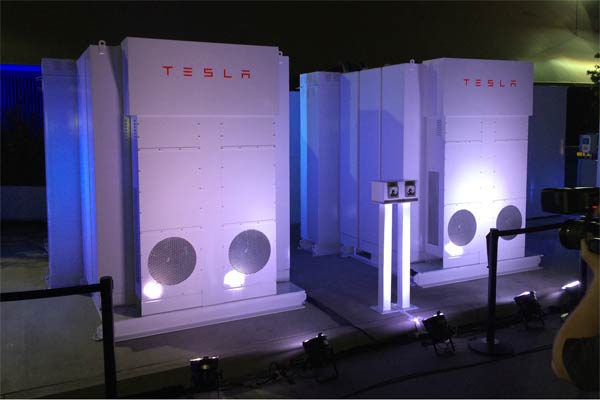

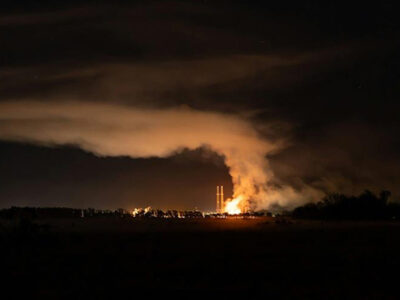

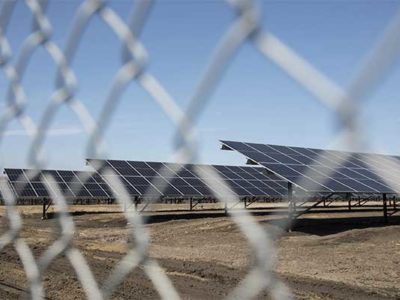
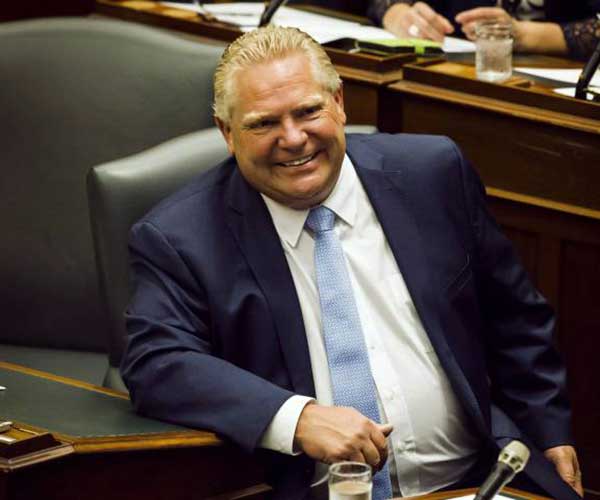
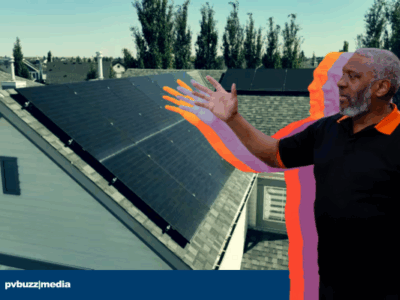
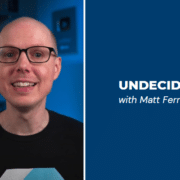


Comments